The future is closer than we think, and everyday life is poised for dramatic changes by 2045. Advancements in technology, sustainability, and societal priorities will transform the tools and routines we take for granted. Things we rely on today will evolve, becoming smarter, greener, and more efficient.
Here are some of the everyday things that will look completely different by 2045.
Cars
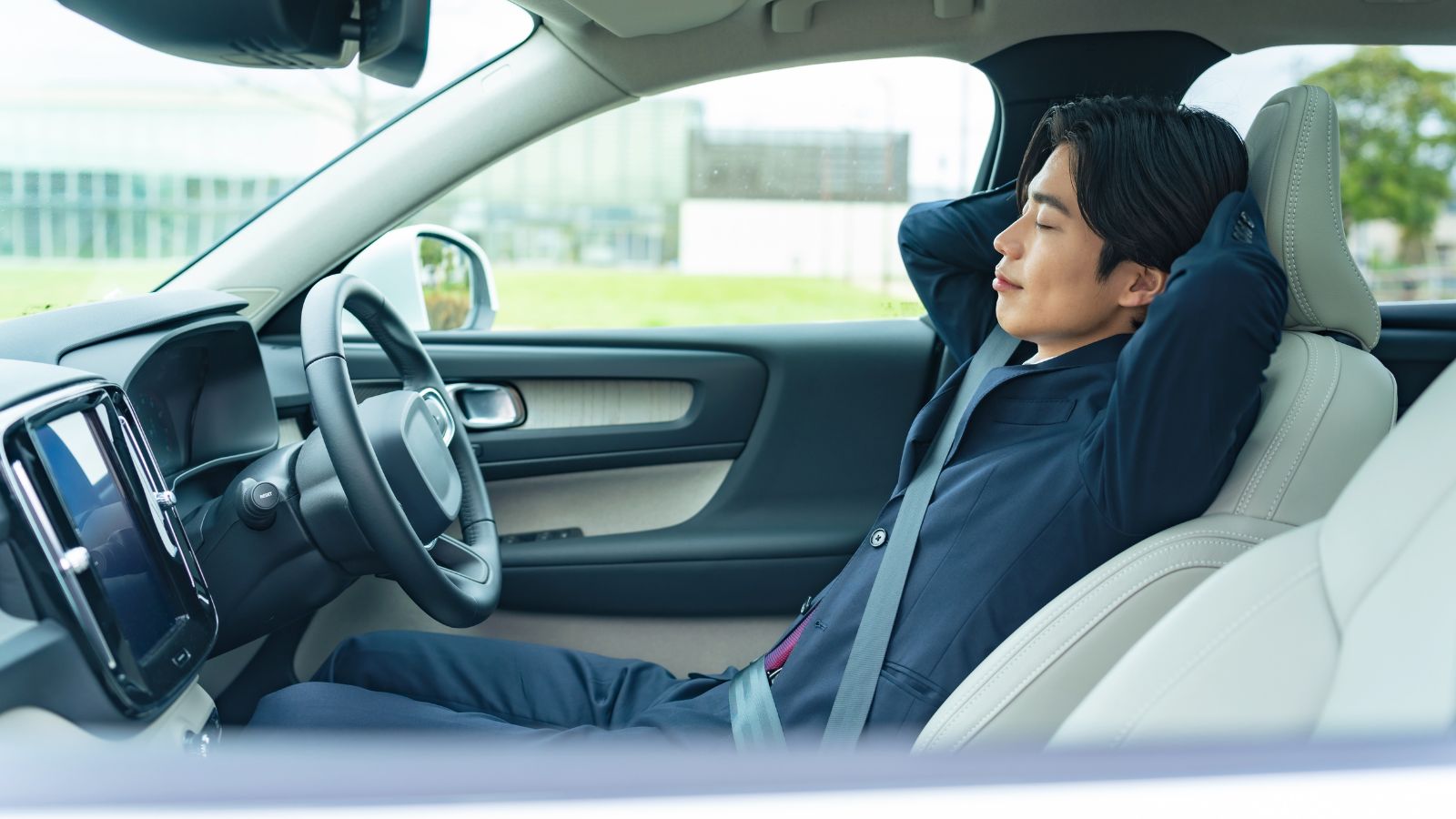
The way we think about cars will undergo a complete transformation. By 2045, electric vehicles will dominate the roads, replacing gas-powered engines almost entirely. Self-driving technology will likely become the standard, with cars navigating city streets and highways autonomously.
Car ownership itself might even decline as ride-sharing and car subscription services become more practical and affordable. The vehicles of the future will be cleaner, smarter, and more connected than ever.
Grocery Shopping

By 2045, most people will likely use apps or smart refrigerators to order groceries, which will be delivered by autonomous vehicles or drones. Physical stores will exist, but they’ll rely heavily on automation, with robotic stockers and cashierless checkouts. Even the products themselves will change, with lab-grown meats, vertical farming produce, and AI-designed foods filling the shelves, reflecting a shift toward sustainability and innovation in the food industry.
Homes
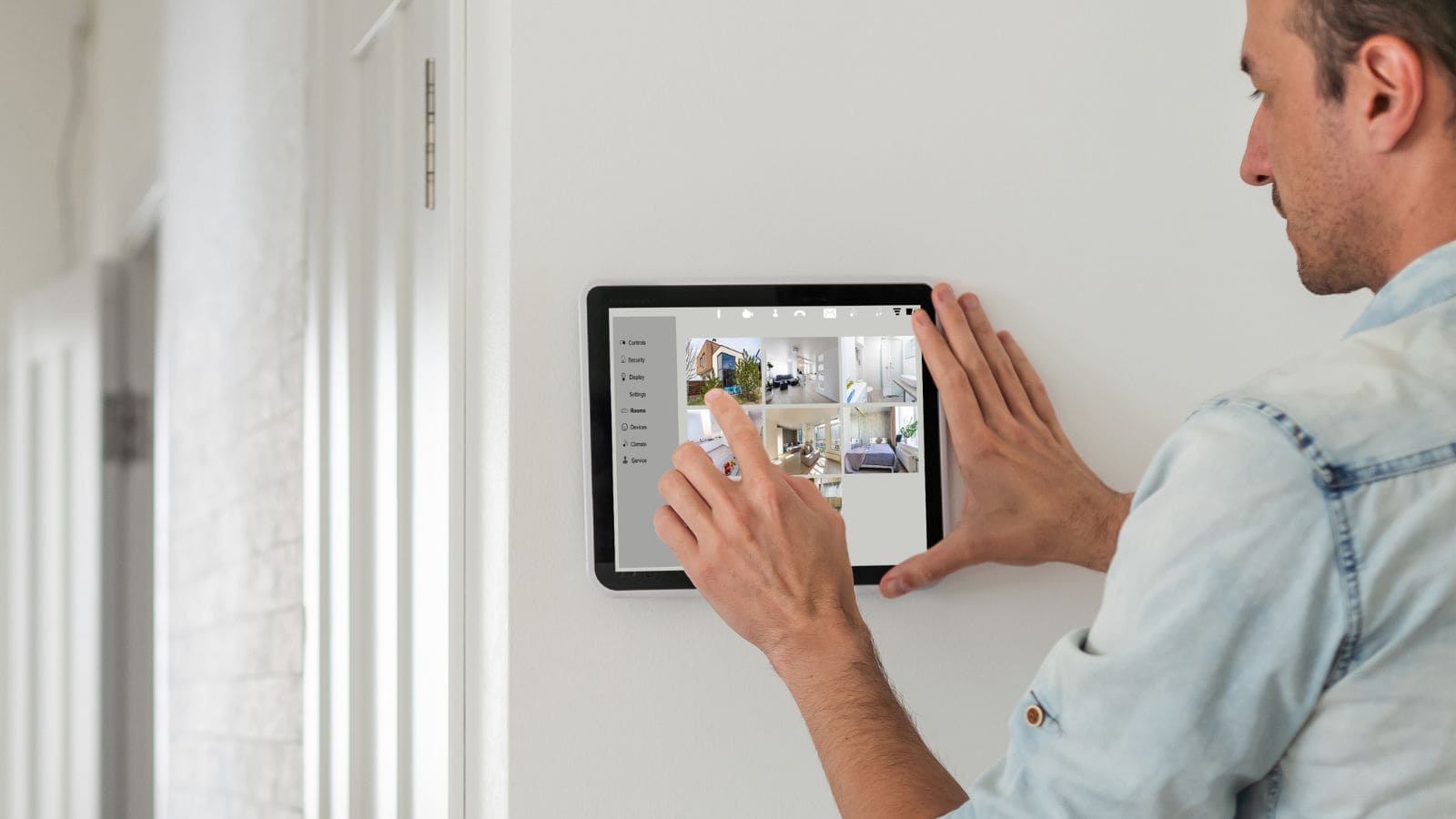
The future is coming: are you ready for it? Homes will become smarter and more sustainable, adapting to the needs of their occupants in real-time. Energy-efficient designs and renewable energy sources like solar panels and wind turbines will be standard. Smart home systems will integrate seamlessly, controlling lighting, temperature, security, and even health monitoring through AI.
Education

Technology will take center stage in education, which will undergo a radical transformation. Virtual reality (VR) and augmented reality (AR) will make immersive learning experiences commonplace, allowing students to explore historical events or dissect virtual organisms from anywhere. Traditional classrooms may give way to personalized online platforms that adapt to individual learning styles and paces.
Money

Cash and physical wallets will be relics of the past by 2045. Digital currencies, whether government-issued or decentralized like Bitcoin, will dominate financial transactions. Blockchain technology will revolutionize banking, making payments faster, more secure, and transparent.
Biometric authentication, such as fingerprint or facial recognition, will replace traditional credit cards and PIN codes.
Offices

The traditional office setup will be a thing of the past. Remote work will be the norm for many professions, supported by advanced virtual collaboration tools. Augmented reality and holograms will allow teams to meet and work together in shared digital spaces without needing to commute. Flexible work schedules and decentralized companies will become common, making the 9-to-5 routine obsolete.
Healthcare
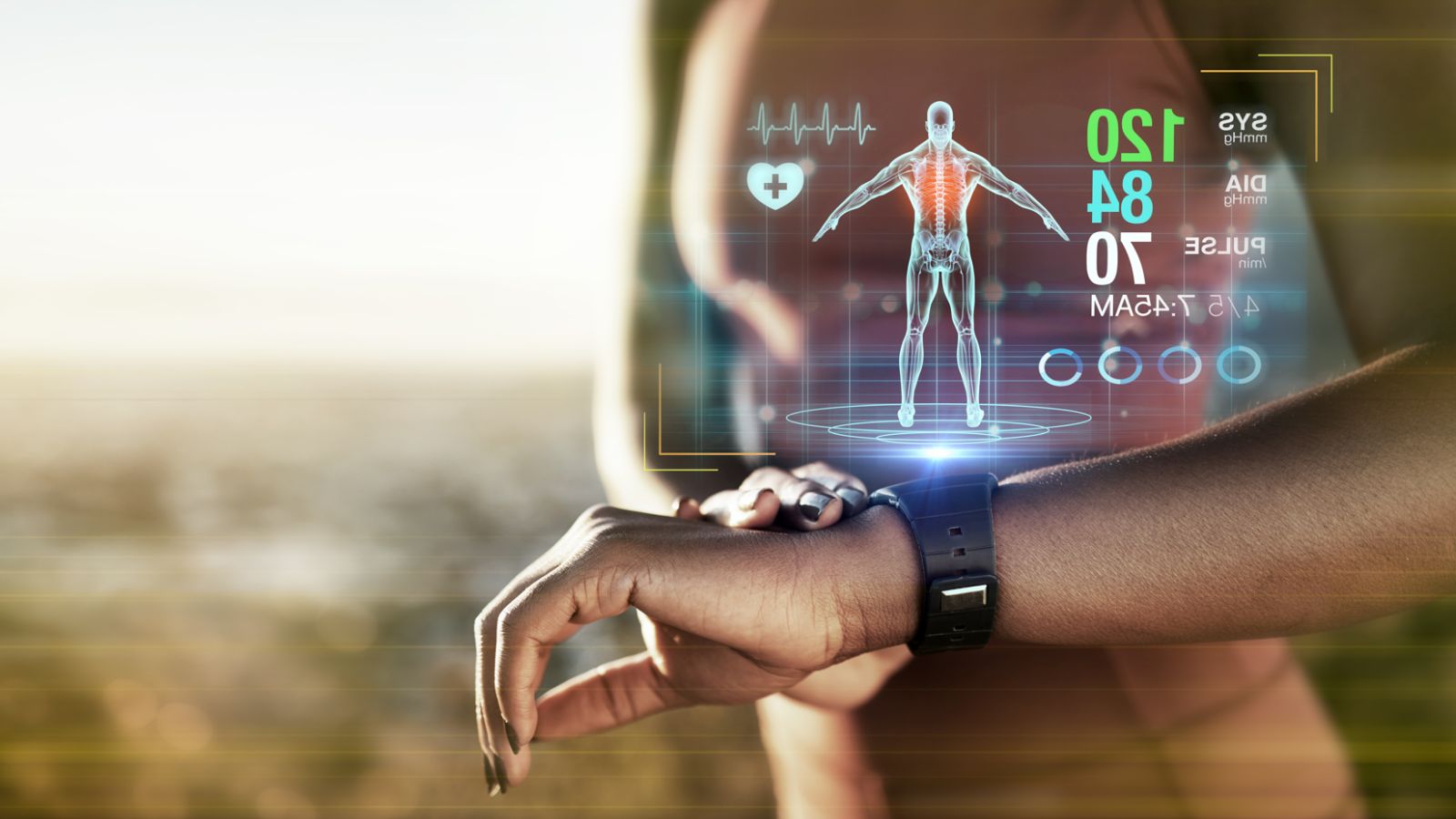
Wearable devices will continuously monitor health metrics, alerting users to potential issues before they become serious. AI algorithms will analyze this data to provide tailored treatment plans.
Robotic surgeons and remote consultations will become the norm, improving access to care and reducing wait times. Genetic editing technologies like CRISPR will cure previously untreatable diseases, while preventive healthcare will shift the focus from treatment to wellness.
Food
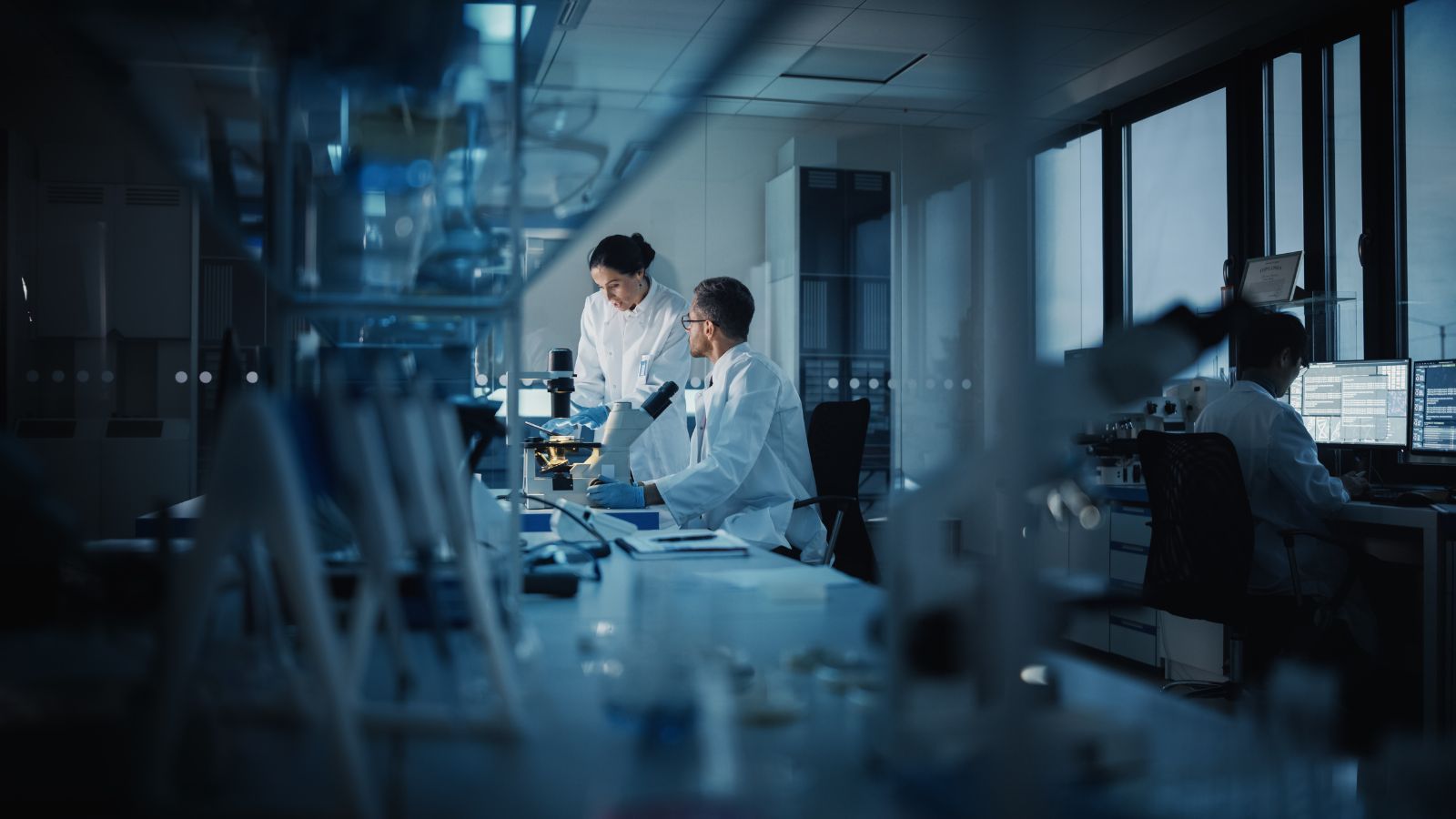
The way we produce and consume food will change dramatically. Lab-grown meats and plant-based alternatives will replace traditional livestock farming, reducing environmental impact. Vertical farming and AI-managed agriculture will ensure fresh, sustainable produce in urban areas.
Even cooking might look different, with smart kitchen appliances and AI recipes guiding us through meal preparation.
Public Transportation
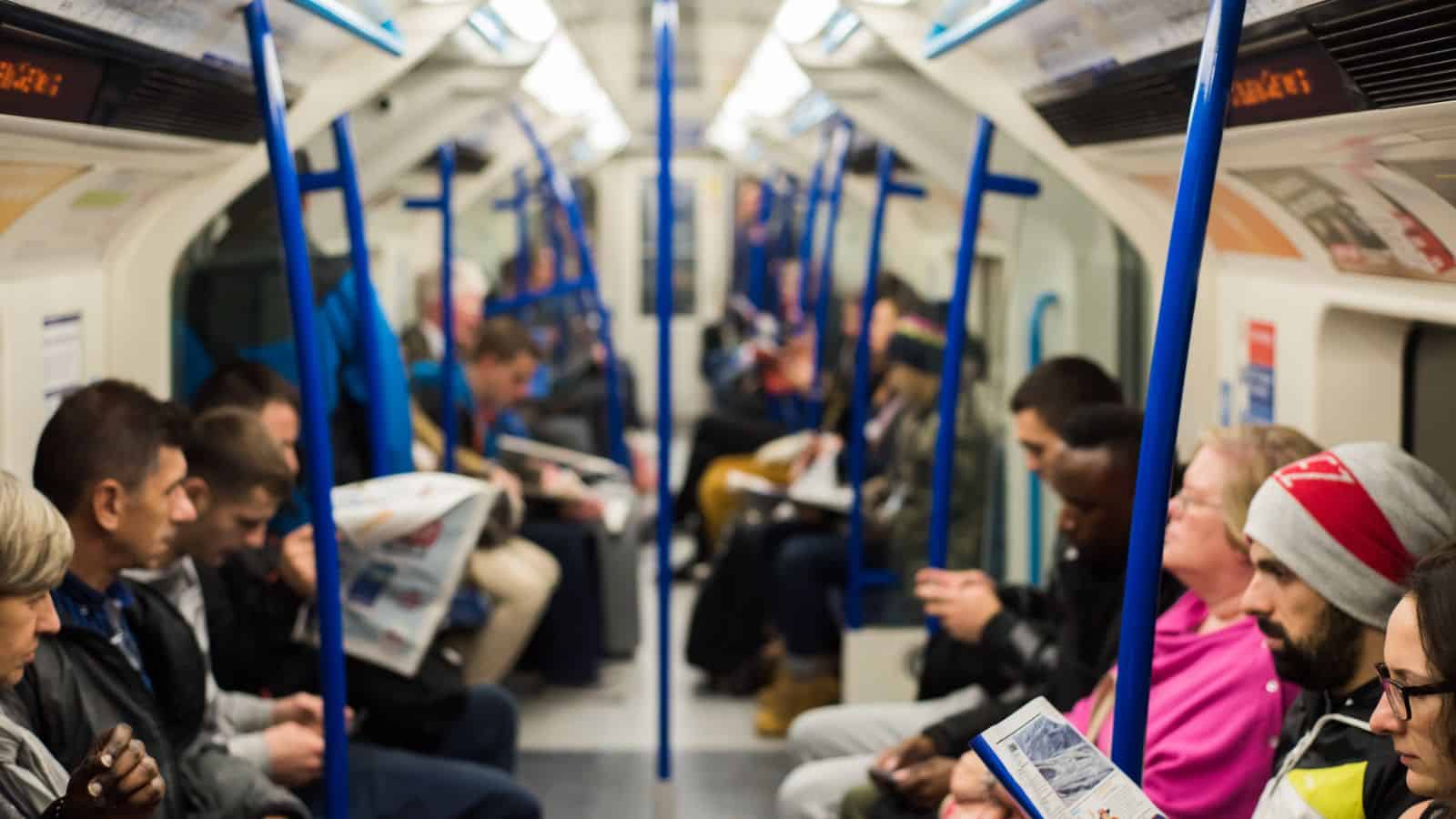
Hyperloop systems will whisk passengers between cities at lightning speeds, while electric and autonomous buses will dominate urban areas. Public transportation will become faster, greener, and more interconnected. Mobility-as-a-service platforms will allow users to seamlessly plan trips across multiple modes of transport with a single app.
Energy
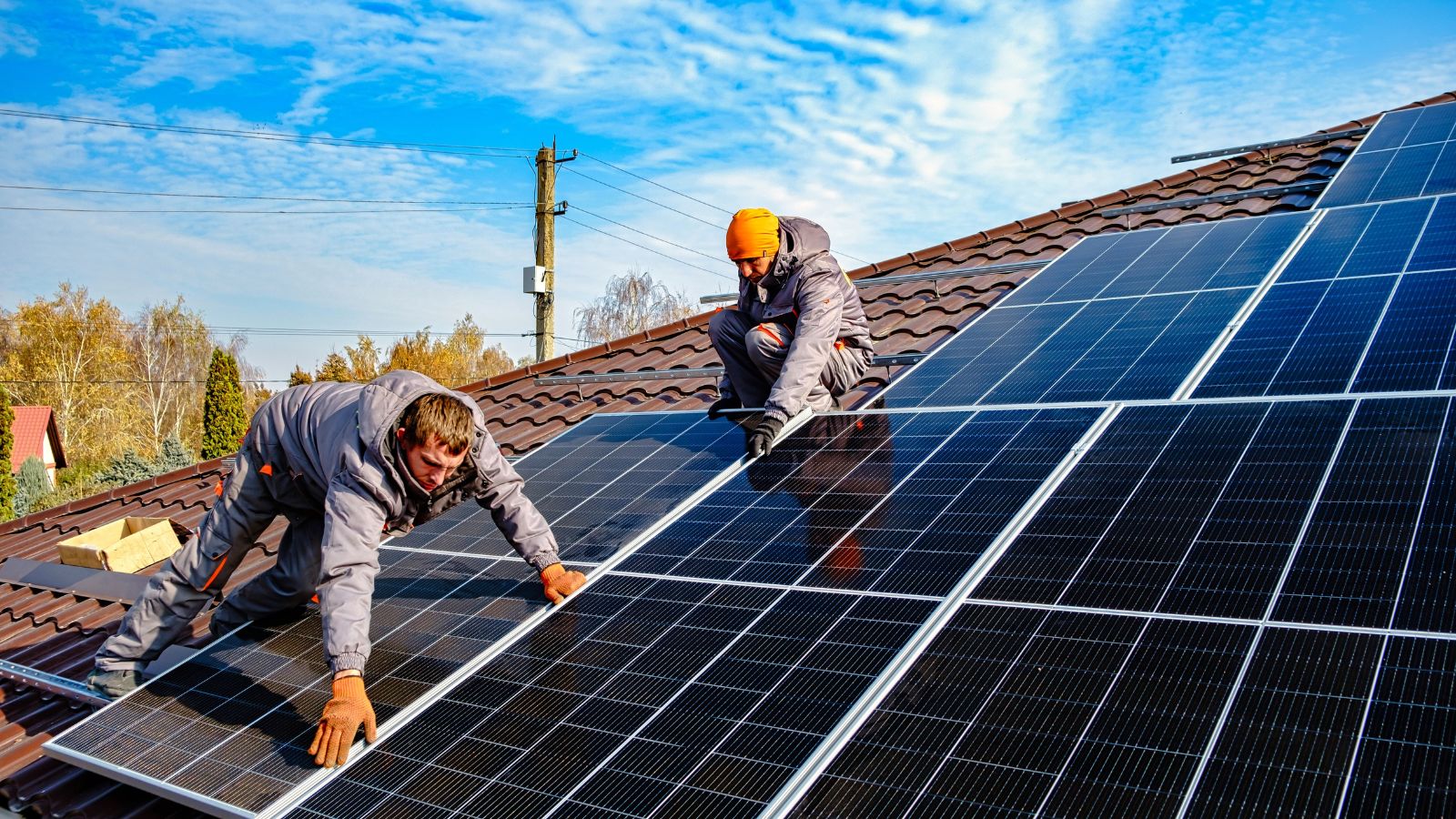
Solar, wind, and other green technologies will become the dominant forms of energy generation, with advancements making them more efficient and affordable. Energy production will shift almost entirely to renewable sources by 2045. Smart grids will optimize energy distribution, reducing waste and lowering costs.
Clothing

By 2045, fabrics embedded with sensors and nanotechnology will monitor your health, regulate temperature, and even adjust to changing weather conditions. Customization will be key, with 3D-printed and AI-designed garments tailored to individual preferences and body shapes.
Sustainability will play a major role, with biodegradable and recyclable materials becoming standard. Fashion will shift from mass production to a more personalized and eco-friendly approach.
Entertainment
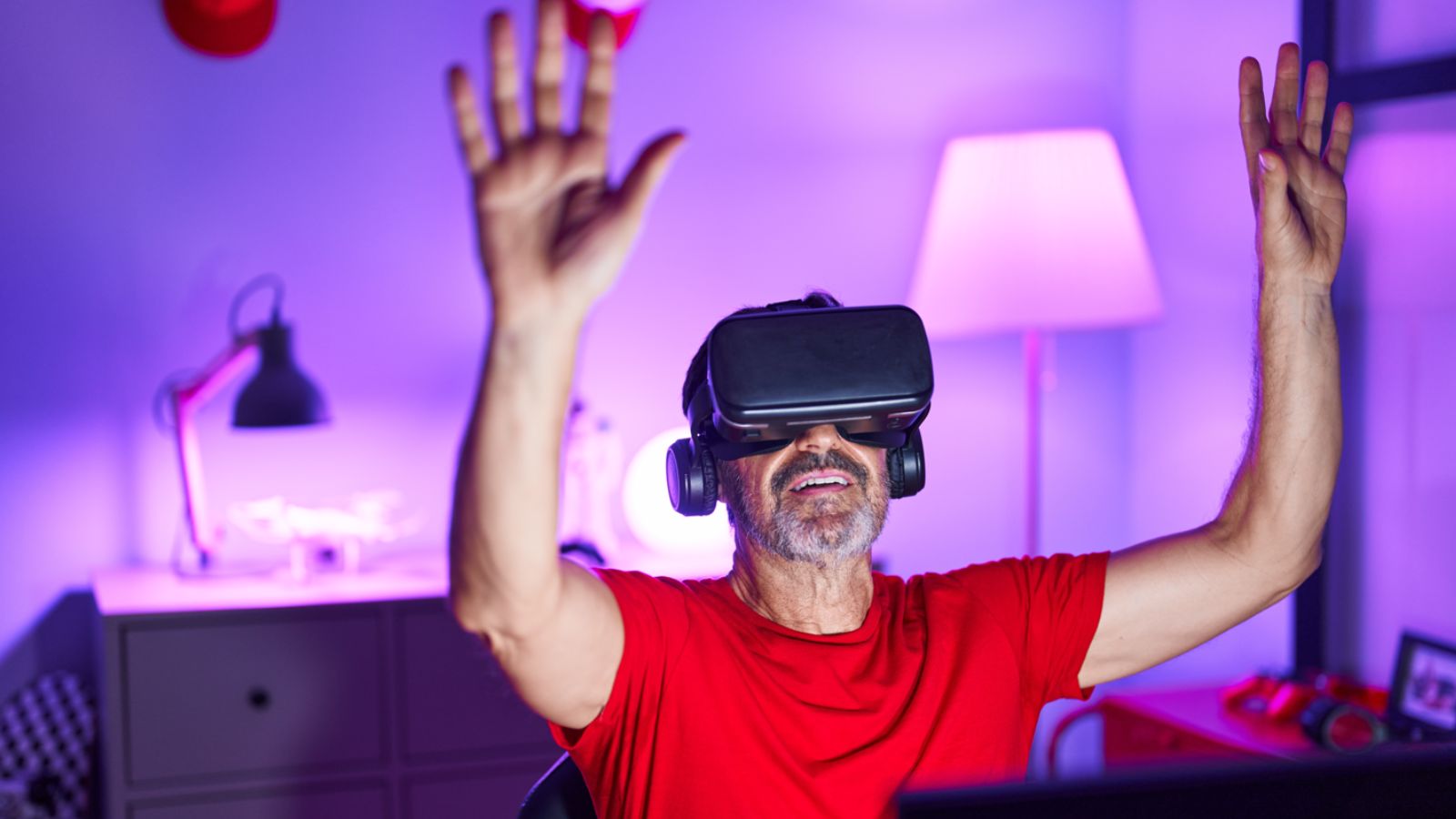
Virtual reality and augmented reality will dominate, allowing people to step directly into movies, games, and concerts as entertainment becomes more immersive and interactive. AI will create personalized entertainment experiences based on individual preferences.
Shopping
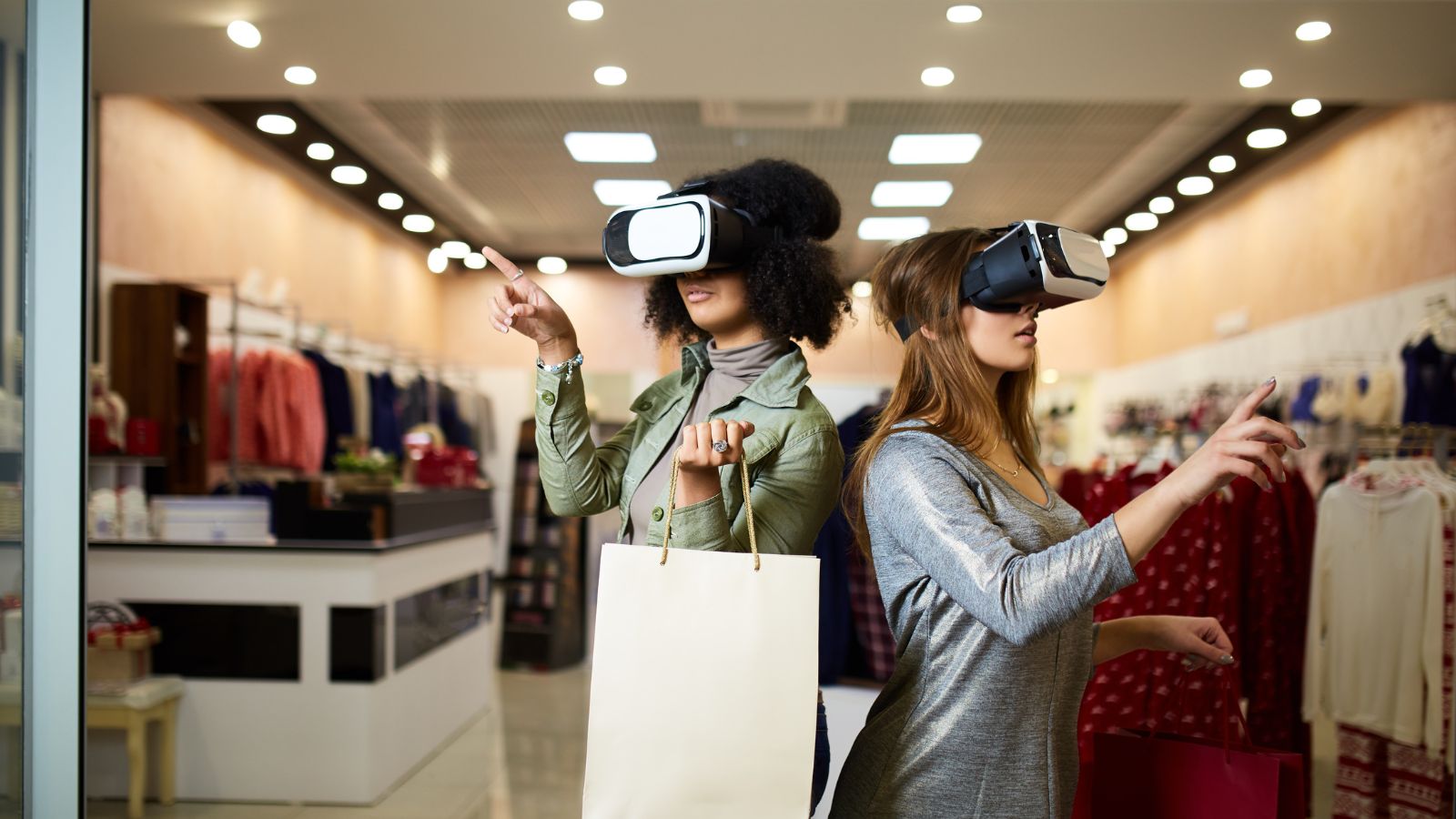
Augmented reality will let consumers virtually try on clothes or see how furniture looks in their homes before purchasing. By 2045, shopping will be almost entirely digital, with AI-powered assistants recommending products tailored to individual tastes and needs.
Physical stores will become showcases for flagship products or immersive experiences, with most transactions taking place online. Drones and autonomous delivery vehicles will ensure fast, efficient shipping.
Communication
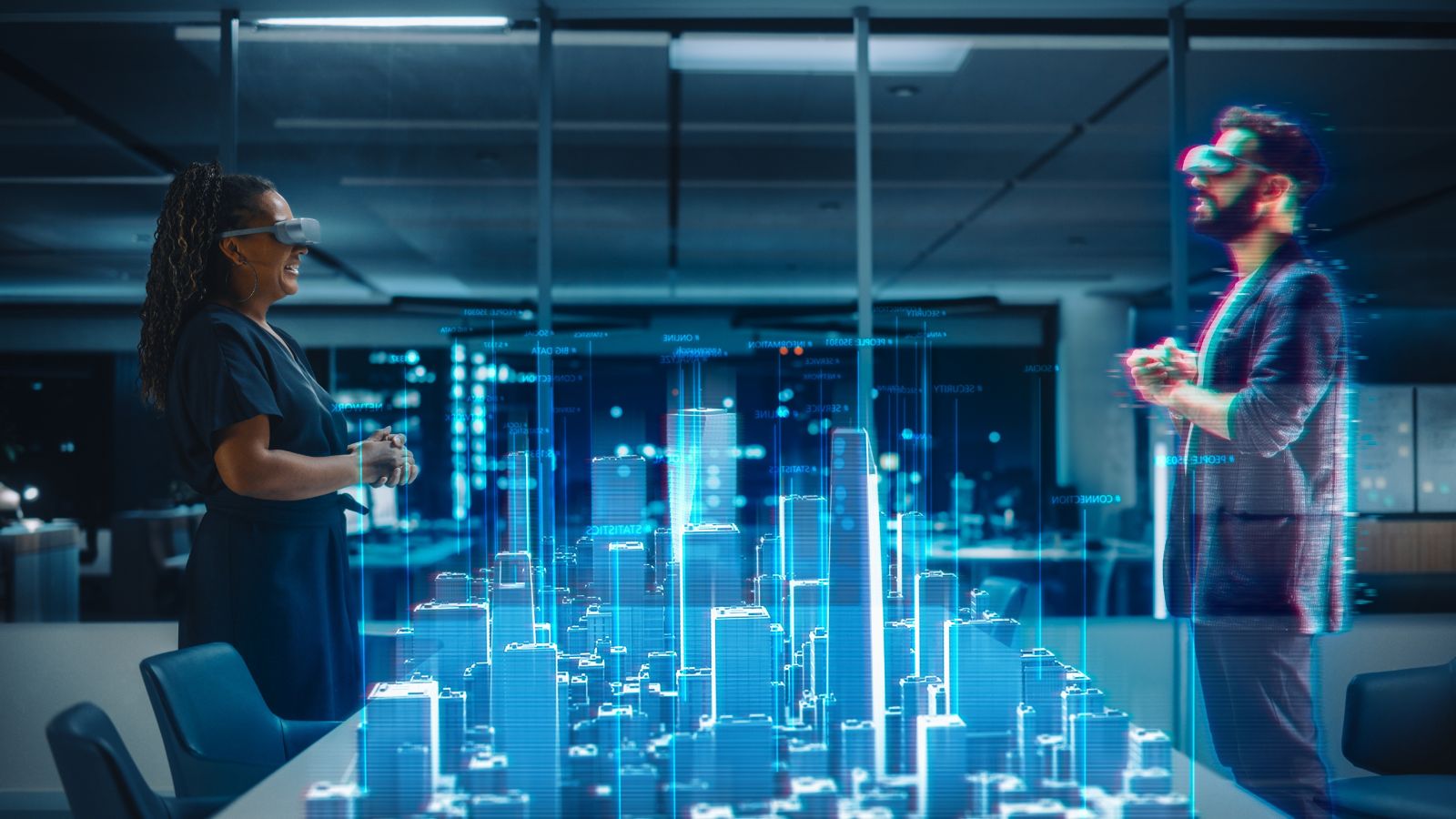
The way we communicate will evolve far beyond today’s smartphones and messaging apps. Brain-computer interfaces will allow people to send messages or control devices with their thoughts. Holographic and AR technology will make virtual conversations feel like in-person interactions.
Real-time language translation will break down communication barriers, enabling seamless conversations across cultures. Communication tools will be faster, smarter, and more intuitive.
Cities
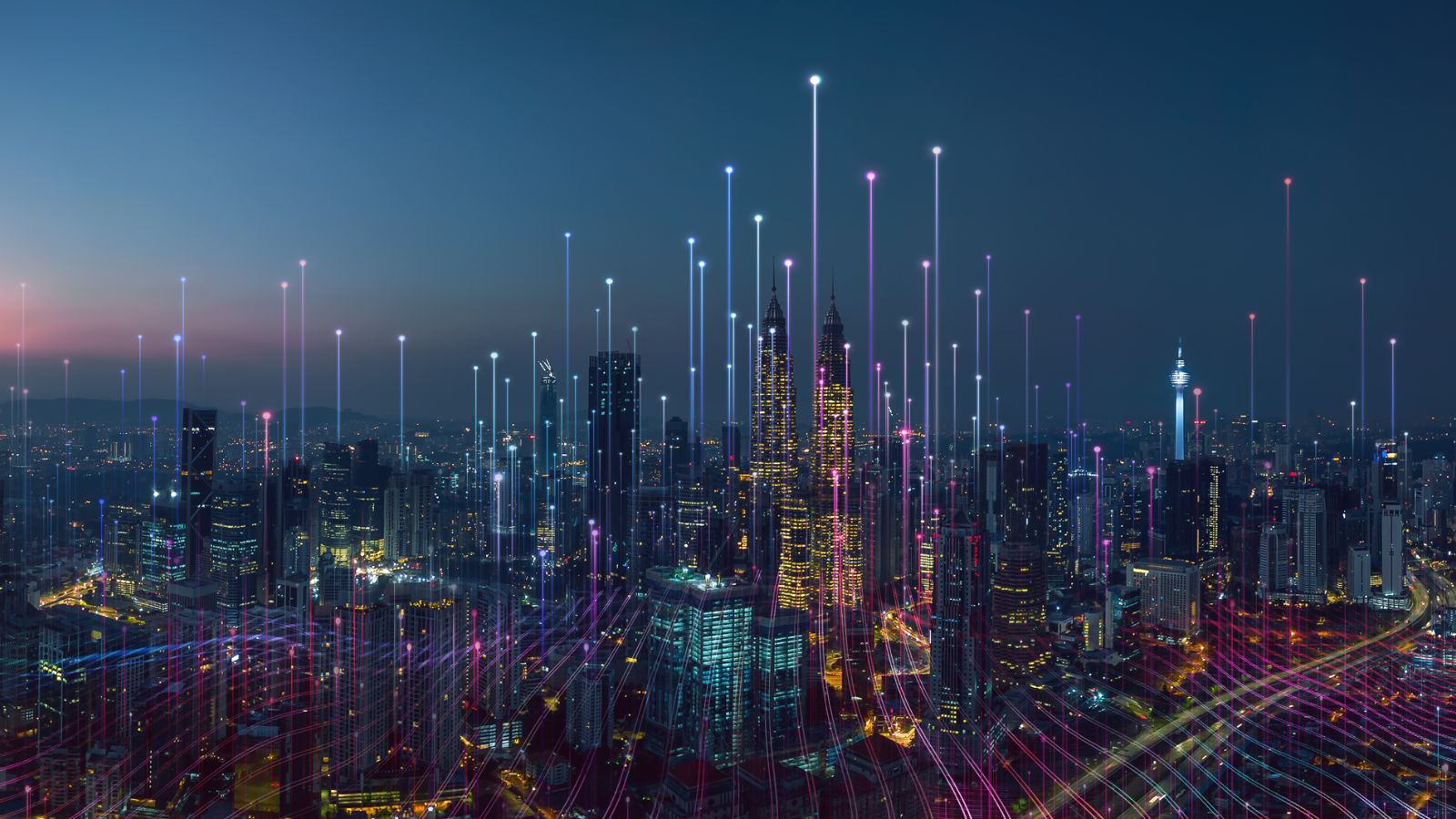
Advancements in urban planning and technology mean our cities will look radically different by 2045. Smart city systems will manage traffic, waste, and energy use in real time, improving efficiency and sustainability.
Green spaces and vertical gardens will integrate with urban areas to combat pollution and provide healthier living environments. Autonomous vehicles will reduce congestion, while mixed-use developments will combine residential, commercial, and recreational spaces.
